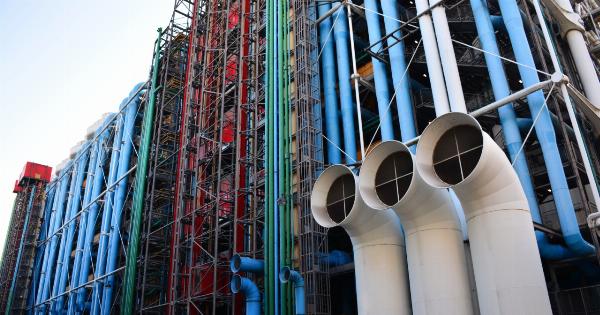In various industries, accurate measurement of material thickness is crucial for ensuring product quality and performance.
Local thickness measurements, which focus on specific areas of an object rather than the entirety of it, offer numerous benefits in terms of efficiency and accuracy. However, it is important to understand the limitations and challenges associated with effectively combining these measurements.
This article explores the advantages and drawbacks of incorporating local thickness measurements into quality control processes.
1. Enhanced Precision
One of the significant benefits of using local thickness measurements is increased precision. By focusing on specific areas of interest, it becomes possible to closely monitor material thickness in critical regions.
This precision allows for better control over product quality and reduces the risk of defects or performance issues.
2. Detecting Localized Variations
Local thickness measurements excel at detecting localized variations in material thickness that may go unnoticed in traditional, global measurements.
These localized variations can significantly impact a product’s performance and durability, making their assessment crucial. By effectively combining local measurements, manufacturers can identify and address such variations early in the production process.
3. Cost Reduction
Efficiently combining local thickness measurements enables more accurate characterization of material usage, reducing waste and optimizing resource allocation.
By identifying areas with excessive thickness, manufacturers can modify production processes to minimize material consumption. This, in turn, leads to cost savings and increased profitability.
4. Improved Product Consistency
Consistency in product quality is essential for customer satisfaction and brand reputation. Local thickness measurements contribute to improved product consistency.
By carefully monitoring thickness variations in critical areas, manufacturers can ensure that every unit meets the required specifications. This consistency enhances reliability and builds trust with customers.
5. Early Detection of Anomalies
Combining local thickness measurements helps in the early detection of anomalies or deviations from the desired thickness profile.
By regularly analyzing the measurements obtained from different regions, manufacturers can identify deviations and determine the root causes promptly. This proactive approach allows for rapid intervention and corrective actions, minimizing the impact on production schedules and product quality.
6. Process Optimization
Local thickness measurements open up opportunities for process optimization. By understanding the thickness variations in different areas, manufacturers can fine-tune their production processes, eliminating potential bottlenecks or inefficiencies.
Optimization of processes improves overall manufacturing efficiency and leads to higher-quality products.
7. Data Analysis Challenges
While local thickness measurements offer numerous benefits, they also present challenges related to data analysis. Analyzing a large amount of localized data can be time-consuming, especially when measurements are obtained at high resolution.
Implementing efficient data analysis techniques and utilizing advanced software tools can help overcome these challenges.
8. Measurement Equipment Limitations
The accuracy and reliability of local thickness measurements heavily depend on the equipment used. Different techniques and devices may have limitations in terms of precision, resolution, and the size of areas that can be effectively measured.
It is crucial to select appropriate measurement equipment and ensure its calibration to achieve reliable results.
9. Complexity of Interpretation
Interpreting and correlating local thickness data from various areas can be complex, particularly when dealing with intricate geometries.
Manufacturers need to develop robust frameworks and analytical methods to effectively combine and interpret diverse sets of data. This complexity requires skilled professionals and a thorough understanding of the measurement techniques employed.
10. Integrating Local Measurements with Existing Systems
Integrating local thickness measurements into existing quality control systems can be challenging due to the need for data synchronization and compatibility.
It is essential to ensure seamless communication between measurement devices, analysis software, and other components of the production line. Proper integration allows manufacturers to leverage the benefits of local thickness measurements without disrupting existing processes.






























